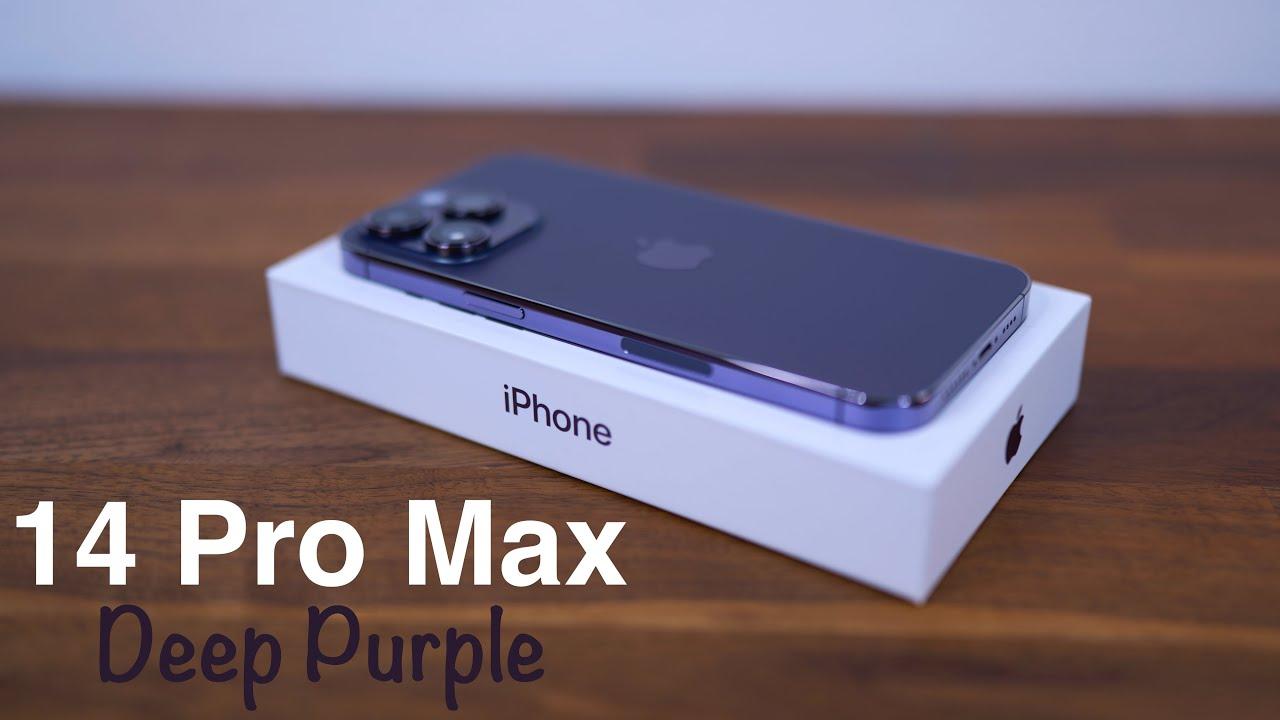Healthcare is a constantly evolving industry, and the integration of Electronic Health Records (EHR) and pacs app has created a revolution in patient care. The extensive web of data connected by EHR has made information more accessible to caregivers and clinicians, allowing for improved and more efficient patient care.
However, this digital transformation has introduced a range of complexities, particularly regarding subpoenas requested from EHR databases. Healthcare providers face tricky negotiations – balancing demands for information with the confidential protection of each patient’s private information. Making sure that privacy adheres to legal standards while providing critical medical care to patients requires healthcare providers to effectively manage separating clinical from legal responsibilities.
The Significance of EHR Integration
Electronic Health Records have streamlined healthcare processes, offering a centralised repository for patient information that can be accessed by authorised personnel across various healthcare settings. EHR integration has led to improved patient care, reduced medical errors, and enhanced communication among healthcare providers. Additionally, it has facilitated research and data analytics, contributing to advancements in medical science.
Challenges of EHR Integration
Integrating EHRs into healthcare organisations offers many advantages; however, it also brings certain challenges, particularly when it comes to the legal aspects of patient data. Healthcare providers must be able to carefully manoeuvre keeping patient information safe and secure while managing to follow laws and regulations, all while sharing important information for better healthcare outcomes.
Crafting that perfect balance involves familiarising yourself with all the different regulations, consistently updating security systems, and regularly assessing operations. All of this requires a keen eye backed by busy hands in order to ensure everything runs smoothly.
Understanding Subpoenas in Healthcare
A subpoena is a legal document that requires an individual or organisation to hand over documents for examination in legal proceedings. In the healthcare sector, these documents often include health records and subpoenas are usually part of medical malpractice cases, insurance disputes, and criminal investigations.
Those on the receiving end of a subpoena – healthcare providers – are confronted with upholding two divergent principles: honouring the legal mandate and protecting the patient’s privacy rights. Unfortunately, this places providers in an often-delicate balance between compliance and rights.
HIPAA Compliance
The Health Insurance Portability and Accountability Act (HIPAA) is a crucial component of the legal framework governing patient data in the United States. HIPAA sets forth guidelines for the protection and confidential handling of health information. Healthcare providers must ensure that their EHR systems comply with HIPAA standards to safeguard patient privacy for pacs software radiology.
Navigating Subpoenas in the EHR Era:
Legal Counsel and Compliance Officers:
- Healthcare providers should seek the expertise of legal counsel and compliance officers when developing comprehensive strategies to address subpoenas. For those strategies to be successful, it’s critical to understand the legal requirements tied to the subpoena in question. Additionally, healthcare providers should also evaluate future legislative requirements and assess the scope of the subpoena to determine if there is any potential for protected information.
Verification of Subpoena Validity:
- Healthcare providers must take extra precautions before disclosing any patient information. This includes verifying the subpoena’s validity – confirming that the document is authentic, issued by an authorised authority, and that it meets the legal criteria. Furthermore, to maintain the reliability and accuracy of the patient information, healthcare providers must always exercise due diligence. Rigorous assessment must be conducted to ensure that all subpoenas fulfil the legal requirements. Failing to comply with the legal mandates can lead to serious penalties.
Patient Consent and Notification:
- If possible, obtaining patient consent before disclosing health information is an essential step. In cases where consent is not feasible, healthcare providers should adhere to notification requirements, keeping patients informed about the legal proceedings and potential disclosure of their health records.
Limiting Disclosure to Relevant Information:
- Healthcare providers should disclose only the minimum necessary information required by the subpoena. This involves carefully reviewing the requested records and excluding irrelevant or sensitive details to protect patient privacy to the greatest extent possible.
Documenting the Disclosure:
- Maintaining detailed records of disclosure made when a subpoena is issued is an incredibly important task. Careful documentation should be taken of the specifics of the request, steps taken to ensure it is legitimate, and all the information provided. This ensures transparency of the company’s actions and secures defence in the case of legal challenges. It’s vital that all this information is captured accurately and has a comprehensive level of detail to protect the company in legal disputes.
Educating Staff:
- Healthcare organisations should ensure employees involved in the issuing of subpoenas stay educated on the relevant regulations about the release of patient information. Educating employees on the ethical considerations of protecting private records must be a priority. Investing in training programs for staff members can provide direction on how they can fulfil their role in upholding the balance between legal requirements and patient rights.
Conclusion
Navigating subpoenas with the current electronic health record (EHR) integration can be a complex undertaking. Healthcare providers must address the delicate balance between legal compliance and patient privacy while understanding the unique aspects of laws and regulations applicable to the situation. To ensure successful handling of radiology pacs software, it is important to seek the coaching of legal support and create effective strategies.
Utilising these tactics, healthcare professionals can truly embrace the advantages of a more efficient EHR use while remaining true to individual patient’s confidential rights. A visit the benefits of assisting patients is elevated and patient safety is heightened with accurate, yet confidential data management solutions embedded in modern healthcare.
What sets QSS Technosoft Inc apart as the top choice for Navigating Subpoenas and EHR Integration?
QSS Technosoft Inc is a leader in technology solutions for the healthcare industry for radiology pacs software. With years of experience in dealing with sensitive information, we are the perfect partner for tackling subpoenas and EHR integration challenges.
Our team of highly talented professionals are highly dexterous in the latest developments in technology and industry best practices, and committed to providing superb service, with an unrelenting focus on protecting and securing all data.
We move quickly when it comes to navigating subpoenas and EHR integration, constantly striving to stay beyond current regulations and requirements. Our streamlined procedures let us manage sizable volumes of requests productively yet thoroughly.
Moreover, we have a deep knowledge and understanding of laws, regulations, and compliance standards especially in healthcare, giving us amazing insight to administrate subpoenas and EHR integration.





